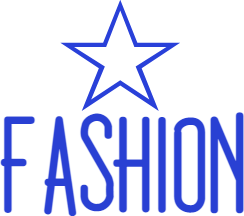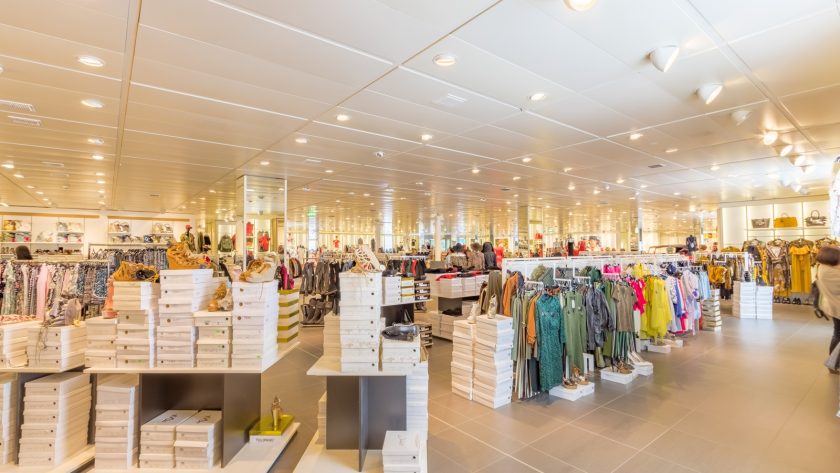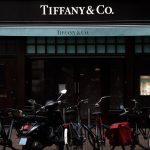The European Union hopes to slow fashion’s pace. The EU has established a sustainable textile strategy to combat fashion’s negative environmental effects and labor abuses. Ursula von der Leyen (president of the European Commission) summarized the move in a speech last January: “Fast Fashion is poison for our planet.”
As part of an effort to improve environmental standards, the strategy states that clothing should be more durable and easier to repair. To increase garment longevity, such standards will also require higher quality fabrics and better sewing.
Frans Timmermans, Vice President of EU Commission Frans Timmermans, stated that it was time to end the ‘take-make, break, and throwaway’ model that is so damaging to our environment, our health, and our economy.
The bloc of 27 members is specifically targeting every stage of the industry’s use including design, sourcing, repair, and recycling. The EU’s textiles should be made from recycled fibres by 2030 and have a lower level of harmful microplastics. Globablly, less than 1% of clothing garments can be recycled.
A statement stated that “Fast fashion should go out of fashion” and that economically viable re-uses and repair services should be available.
According to the European Environment Agency, for every person living in the EU, textiles consume 9 cubic meters of water, 400 sq metres of land, 391 kg of raw materials and create a carbon footprint of approximately 270kg.
According to the AFP, Europeans purchase 26kg of clothing and household linen each year. 73 percent of this is imported and thrown away. This amounts to approximately 11. KG or 5.8m tons.
The majority of clothing in the EU is made elsewhere
The fourth-highest-pressure category in terms of the use primary raw materials and water is textiles, following food, housing, transport and fifth in GHG emissions. After a long period, the EU’s textile sector, mainly made up of SMEs, is now recovering. However, 60% of the clothing produced in the EU comes from other countries.
Innovation
The EU calls for innovation in this sector. Producers should take responsibility for their products throughout the value chain, with enough capacity for recycling and minimal landfilling.
Garments will be labeled to provide more information about textiles. A digital product passport will also inform customers of every aspect of the garments they buy. This will allow people to combat greenwashing and verify the accuracy of green claims made by companies.
The ultimate goal is to reduce overproduction and excessive consumption, and discourage destruction of unsold and returned textiles.





